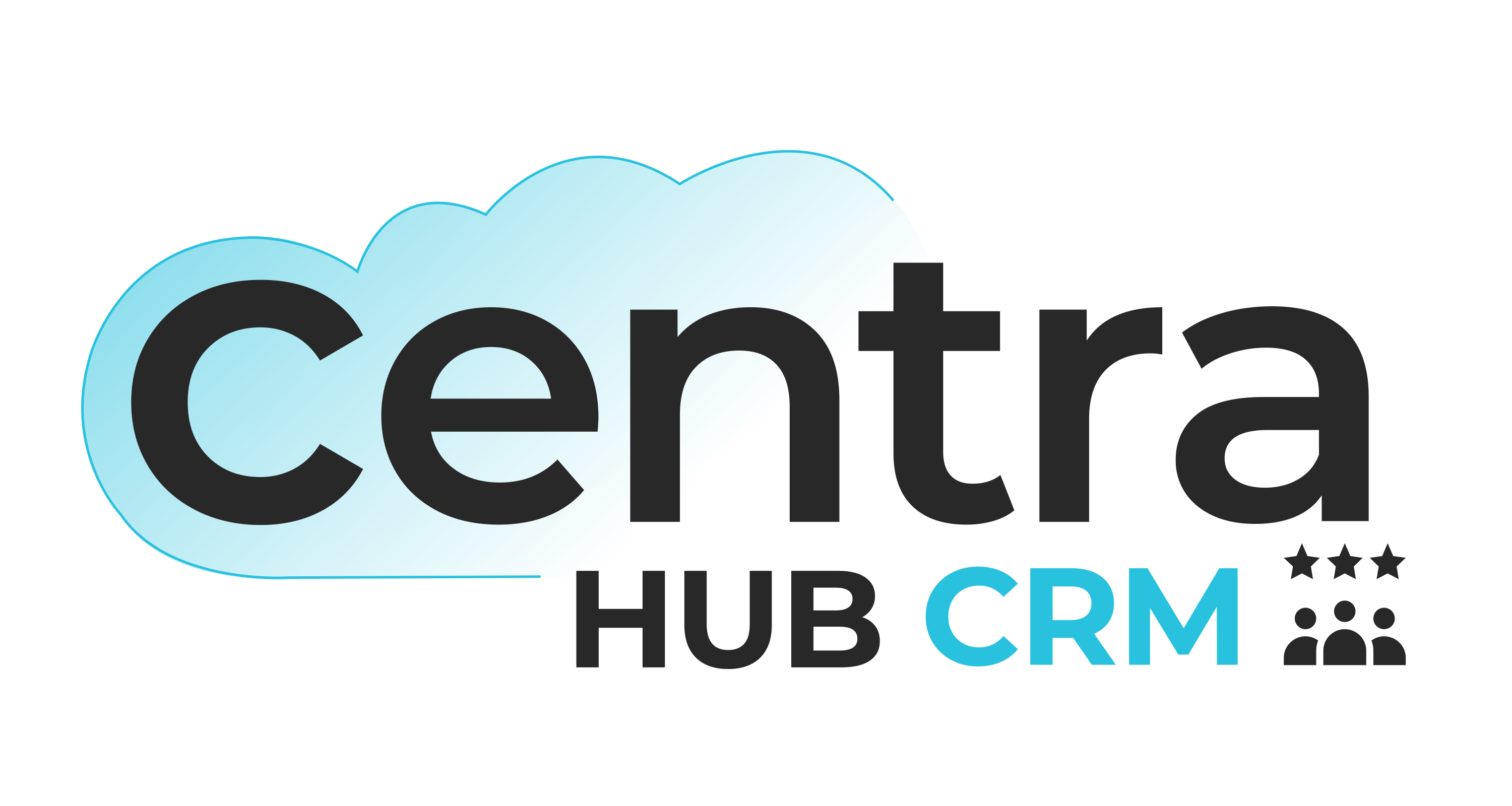What Is AI-Driven Demand Forecasting?
AI-driven demand forecasting uses smart algorithms to predict customer demand and improve planning. It process vast volumes of data, including historical sales, seasonal patterns, market trends, promotional activities, and external factors, including economic shifts or weather conditions.
Unlike traditional, static forecasting models, AI-enabled inventory management software dynamically learns and evolves over time, adjusting its predictions based on new data inputs. This continuous learning capability enables the ERP system to deliver highly accurate and agile demand forecasts, empowering businesses to make proactive decisions. By integrating this intelligence into your inventory management system, companies can move beyond guesswork and rely on data-driven insights to optimize stock levels and reduce inventory-related risks.
How ERP Enhances Demand Forecasting with AI
Combining the power of AI-driven demand forecasting with advanced inventory management tools creates a transformative impact on how businesses manage supply and demand. While AI provides the intelligence to predict future inventory needs, the ERP system serves as the backbone that connects departments, data, and decision-making into a unified platform. Here's how AI in ERP takes forecasting to a whole new level:
1. Unified Data for Accurate Predictions
Traditional forecasting methods often rely on siloed or incomplete data, leading to errors and missed opportunities. An AI-powered ERP system integrates data across multiple departments, including sales, procurement, production, finance, and supply chain management, into a single, central platform. This enables the inventory management system to analyze comprehensive datasets, identify demand patterns, and make more accurate forecasts. For example, real-time sales spikes, supplier delays, and even social media trends can be factored in to adjust inventory levels automatically.
2. Real-Time Visibility and Responsiveness
ERP inventory management solutions equipped with AI provide real-time visibility across stocks, warehouse operations, and supply chain performance. This live data is crucial for demand forecasting, by allowing businesses to quickly respond to shifts in customer behavior or market conditions. With AI in ERP, the system can instantly trigger alerts, recommend actions, or even automate inventory replenishment when demand surges or dips, ensuring products are available when and where they are needed.
3. Automated Inventory Management Across Locations
For companies managing inventory across multiple warehouses or regions, manual forecasting becomes even more complex and prone to error. ERP software automates this process by analyzing regional demand variations, lead times, and shipping trends to optimize inventory levels. It enables the intelligent distribution of stock, reducing excess inventory at one location while avoiding shortages at another. This level of automated inventory management ensures consistency, cost savings, and better service delivery across the board.
4. Adaptive Learning and Continuous Improvement
Unlike traditional forecasting tools that require manual updates, an AI-enabled ERP system continuously learns from new data, allowing for more accurate predictions. As buying behavior changes due to seasonality, promotions, or external factors, the AI adjusts its forecasting models accordingly. This results in greater agility and a significantly higher forecast accuracy rate, which is vital for industries such as retail, manufacturing, and distribution, where market dynamics shift rapidly.

Key Benefits of AI-Powered ERP Inventory Forecasting
1. Enhanced Operational Efficiency
Automation eliminates manual inventory tracking, reduces the risk of human error and redirects resources toward high-value initiatives.
2. Cost Reduction
Holding excess inventory increases storage, insurance, and obsolescence costs. AI minimizes these by accurately aligning supply with demand.
3. Increased Customer Satisfaction
Timely order fulfillment, made possible by accurate demand forecasting, results in improved customer service and loyalty.
4. Agile Decision-Making
AI ERP software provides real-time dashboards and alerts, empowering businesses to quickly adapt to market shifts, seasonal demand, and supply chain challenges.
AI Tools Within ERP for Demand Forecasting
1. Predictive Analytics Modules
These modules generate demand models by analyzing internal and external variables, enabling sales and operations planning.
2. Automated Replenishment Rules
Based on predictive demand, ERP systems can auto-trigger purchase orders, ensuring just-in-time inventory.
3. What-If Scenario Planning
AI enables the simulation of various demand conditions to assess risk and guide proactive decision-making.
4. Integration with IoT & Supply Chain Systems
Some advanced AI ERP software systems integrate with IoT devices for real-time stock monitoring and supplier systems for dynamic restocking.
The Future of Inventory Management: AI is Non-Negotiable
The days of relying solely on spreadsheets or gut feelings to manage inventory are over. In the face of economic uncertainties and complex supply chains, AI in ERP is not just a technological upgrade—it's a business necessity.
With inventory management powered by AI, businesses gain a critical advantage in forecasting demand, optimizing stock levels, and delivering consistent customer satisfaction. If you're looking to reduce waste, boost operational efficiency, and elevate customer satisfaction, it's time to invest in AI-powered inventory management software.
Fill out the form to schedule your personalized demo on how our AI-powered ERP solution can transform your inventory management strategy.







